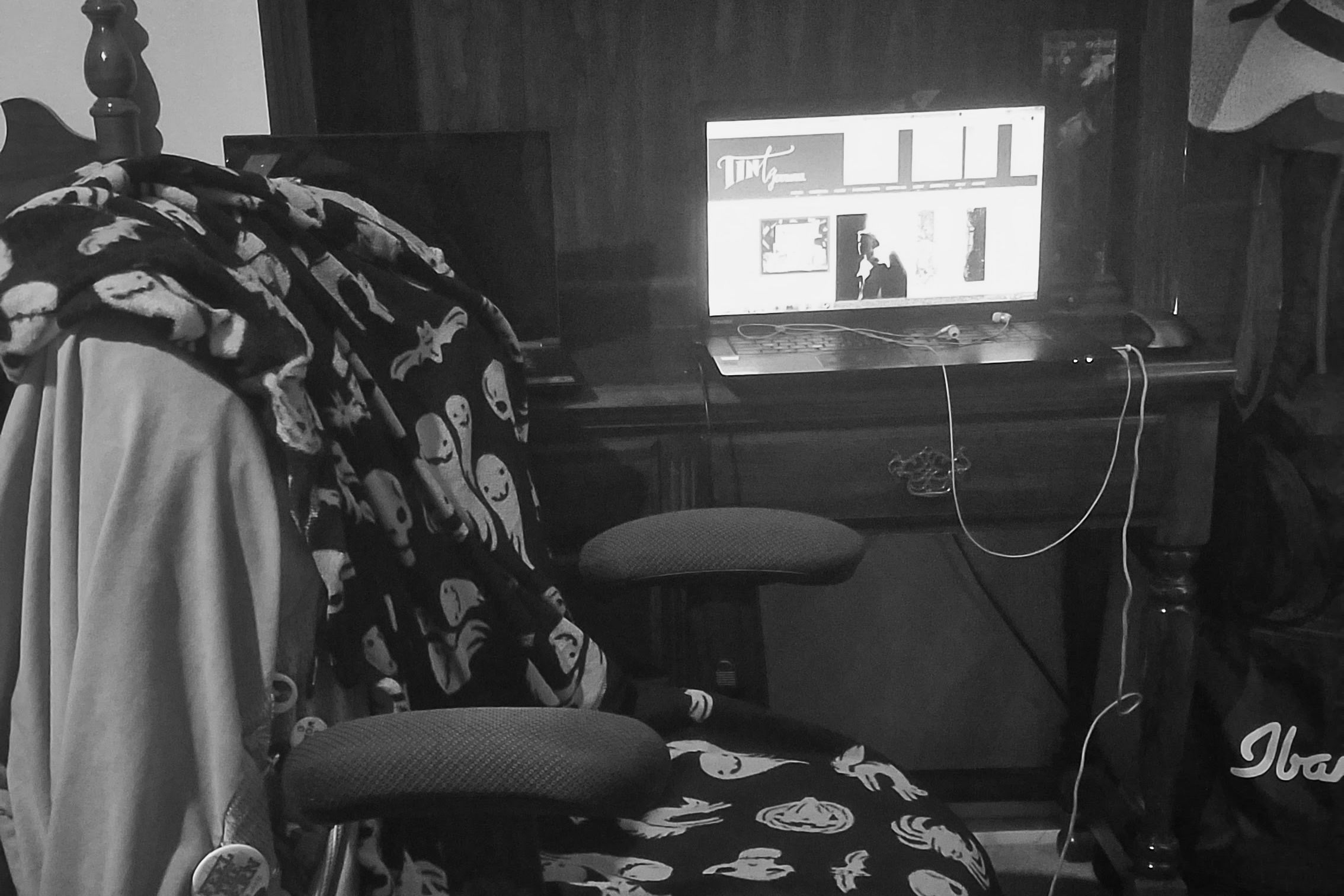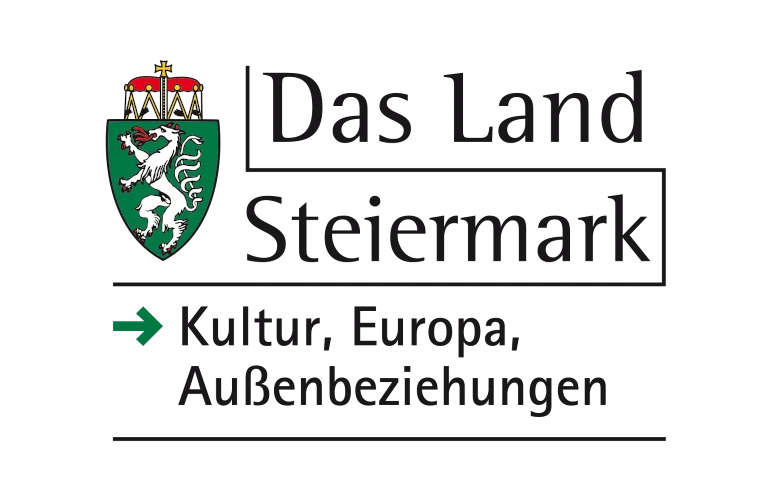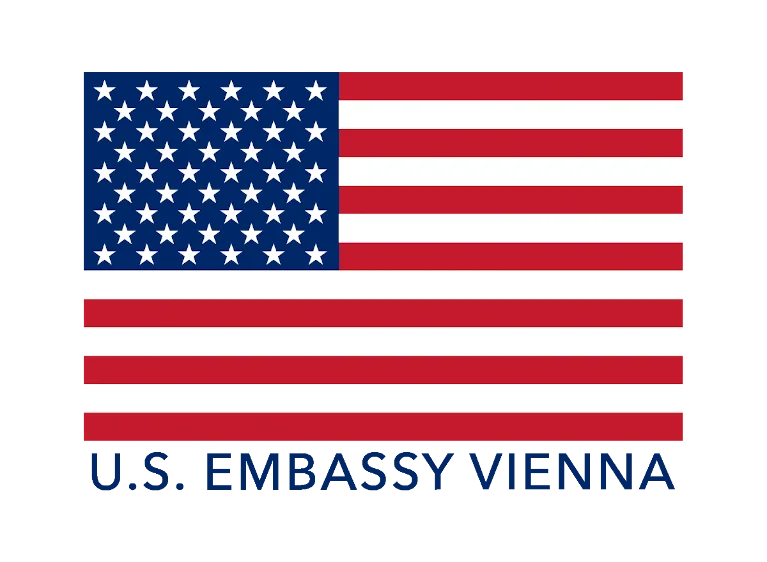Published March 31st, 2020
Other
by Lisa Schantl


As an international and intercultural literary magazine Tint Journal’s volunteer team is just as spread across the globe as the writers that we publish. Precisely, the members of our core marketing and editing team are based in Austria and three different US-states. This means that we all perform our tasks for Tint in different places, out-of-office environments.
When we want to exchange thoughts and develop new strategies, we text each other or video chat. Since working remotely is part of our daily tinted routine, we thought that this is the perfect time to take you behind our scenes and show you how we create a comfy home office atmosphere at an independent non-profit literary magazine.
If there was a motto summarizing our working spaces, it would be, “Keep it simple.” Vaniele, our prose editor, explains why, “I like my work space to be small and simple, as a way to minimize distractions. I’m able to give my full attention to what I am working on without pause.” For editors, concentration is crucial, especially when it comes down to line editing, the phase in which you have to watch out for each comma, each typo and each grammar rule.

Just as crucial as concentration is inspiration for us. Andrea, our Instagram marketing manager, prefers to work outside her home and get inspired in coffee shops or libraries. Now, she had to transfer that sort of inspiration to her well-lit writing desk in her flat, which has also positive aspects such as more designated Tint time. “But while I enjoy having more time for Tint, I definitely look forward to being able to work outside again, sitting at a table in a coffee shop and observing others while doing my work.”
Just like Andrea, I love to observe nature and people for inspiration. But I found a way to bring inspiring and guiding influences to my workspace: Every few weeks I put something different on the walls around my desk that I feel I need at the moment. Right now, there’s a quote from Margaret Atwood that I typed with my typewriter, sticky notes with basic editing rules and my most needed InDesign commands. I also put up postcards from a sustainable non-profit and I created two posters with my photographs and motivational statements.

Of course, the perfect working space also has to by comfy – for your mental and physical well-being. The chair, the most important gadget, does not gain enough attention sometimes, also not from us. “The only drawback is that my dining room chair gets pretty uncomfortable after a few hours,” says John, our poetry editor, “but I solve that by taking my work to my couch.” Another form of comfort is to have everything you need within close reach. At home, the kitchen is close, which means that you have constant access to coffee – our life saving liquid, indeed.
Cultivating a simple, inspirational and comfortably workspace is the first step when working at home, the next one is time management. At Tint, we do not have fixed weekly hours, but we try to develop personal routines. For example, when it all began, I worked on Tint stuff whenever there was something to do. But soon these to-dos increased and I realized that I could not keep going like this. I began to introduce time contingents to my weekly routine; a set of hours for my day job, for university, for Tint and for other things. This works quite fine, except during stressful periods such as the days before a new release or before an event – then the only limit is sleep.
Andrea adapted her routine to the different life style demanded by social distancing. “Now, one hour a day in the afternoon is dedicated to doing something Tint-related. I find myself being able to sit down more often and think about how to help improve the journal – looking into podcasts, investing more time into creating posts, reading into social media marketing, and so on,” she says. For Rachel, our Facebook and Twitter marketing manager, the crisis did not change much for her work at Tint. Creating designs to promote our writers for the following week still works best either Saturday night or Sunday morning.

To be most productive, it is important to evaluate your productivity peaks – are you a morning person, an afternoon coffee addict or a late-night owl enjoying the perks that come with darkness and silence? The ability to choose between these different types is a great benefit of home office work. However, when you’ve got more jobs and duties, you might have to bribe your inner clock a little. Vaniele, for example, works for Tint when the day is coming to an end, sitting down with a mug of hot chocolate and taking her time reading and re-reading the submissions and pieces on our shared Google Drive (that’s how we make sure everyone’s up to date all the time, by working with auto-synced platforms). John, on the other hand, reserved Mondays and Tuesdays – the days he had off from his full-time job as photography consultant – for Tint work. On these days, we would be in frequent communication before the crisis; now, being temporarily unemployed, times are more flexible.
Additionally, as an international team we face the challenge of working across different time zones. Six to nine hours lie between Austria and the US. “This difference poses some scheduling issues when we want to set aside time to chat about ideas or pieces we want to publish,” states John. The best times for video chats via Zoom or Google Hangouts have turned out to be Austrian night and American afternoon – necessary arrangements which can of course interfere with your routine or your personal level of productivity. Therefore, while setting up your time management strategy, always allow for some flexibility – your stress level will thank you big time.
Home office work means that you invite your work into your private space. You use the same desk for personal research and for job related tasks; you drink the same coffee when reading the newspaper and when solving work tasks; you video chat with your colleagues while they are able to observe your private room. In sum, home office literally means bringing your office home, to your private self.

For all of us, Tint is worth working for, and even more so, working for without getting paid (we still hope that this will change one day). “Working for Tint is rewarding and fruitful,” says John. “On top of getting to use my passion for language, I get to collaborate with talented authors from every part of the world. I get to look through hundreds of these little windows into different cultures from unique points of view. When editing for Tint, I have to reevaluate the way that I approach the English language from both an interpretative and mechanical perspective. The most valuable part is that every issue brings a fresh, eye-opening experience.”
“Tint is a much-needed platform for a group of individuals who are not provided many platforms, and whose voices aren’t heard in enough spaces,” says Vaniele. “Working for an organization set on making such an important difference to the world, especially the literary sphere, makes me feel like I am lending myself to a higher purpose, as horribly cliched as that sounds. I feel fulfilled working to ensure that as many diverse voices as possible are heard.”
Without self-motivation and the belief that our work truly changes the world for the better, Tint would not be realizable. It would have been born dead. But seeing Tint develop and grow, and reaching more and more writers and readers with each publication, gives us the motivation and fulfilment we need as a team of volunteers. Although we are spread across different states, countries and even continents, we want this journal to make an impact, and we want to achieve this impact together. #wearetint
Nationality: Austrian
First Language(s): German
Second Language(s):
English,
French,
Spanish
Supported by:


